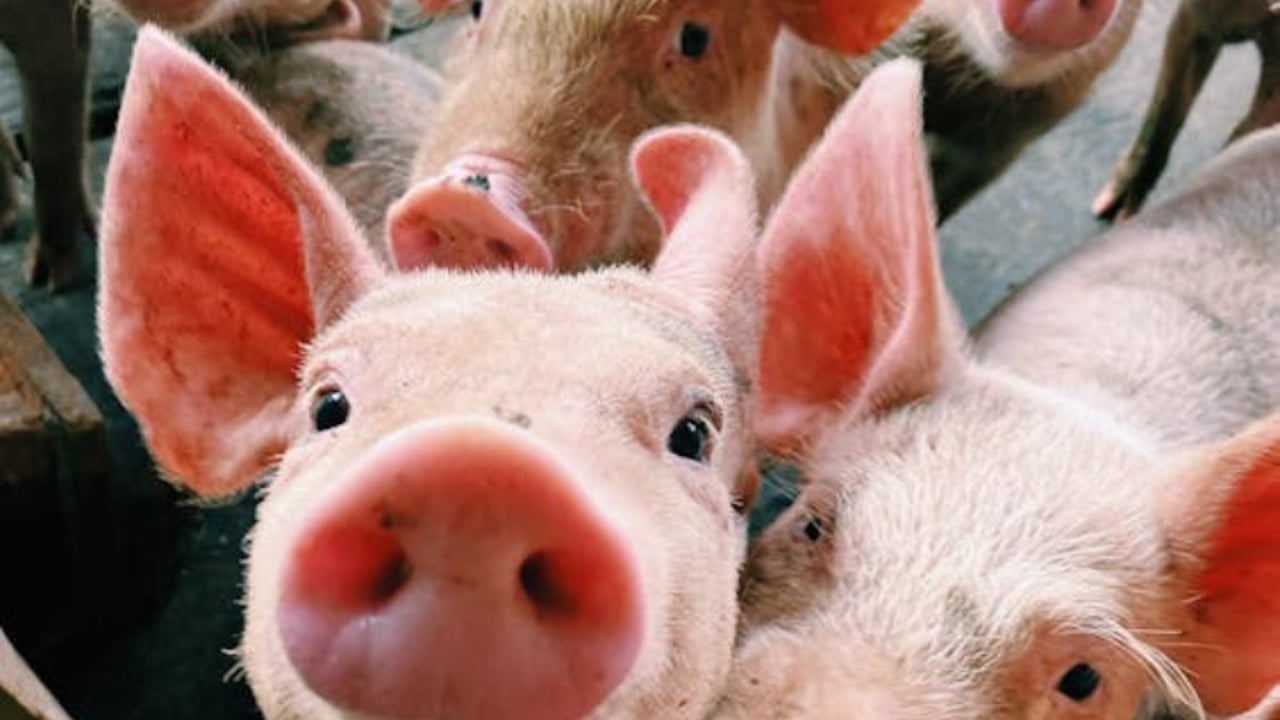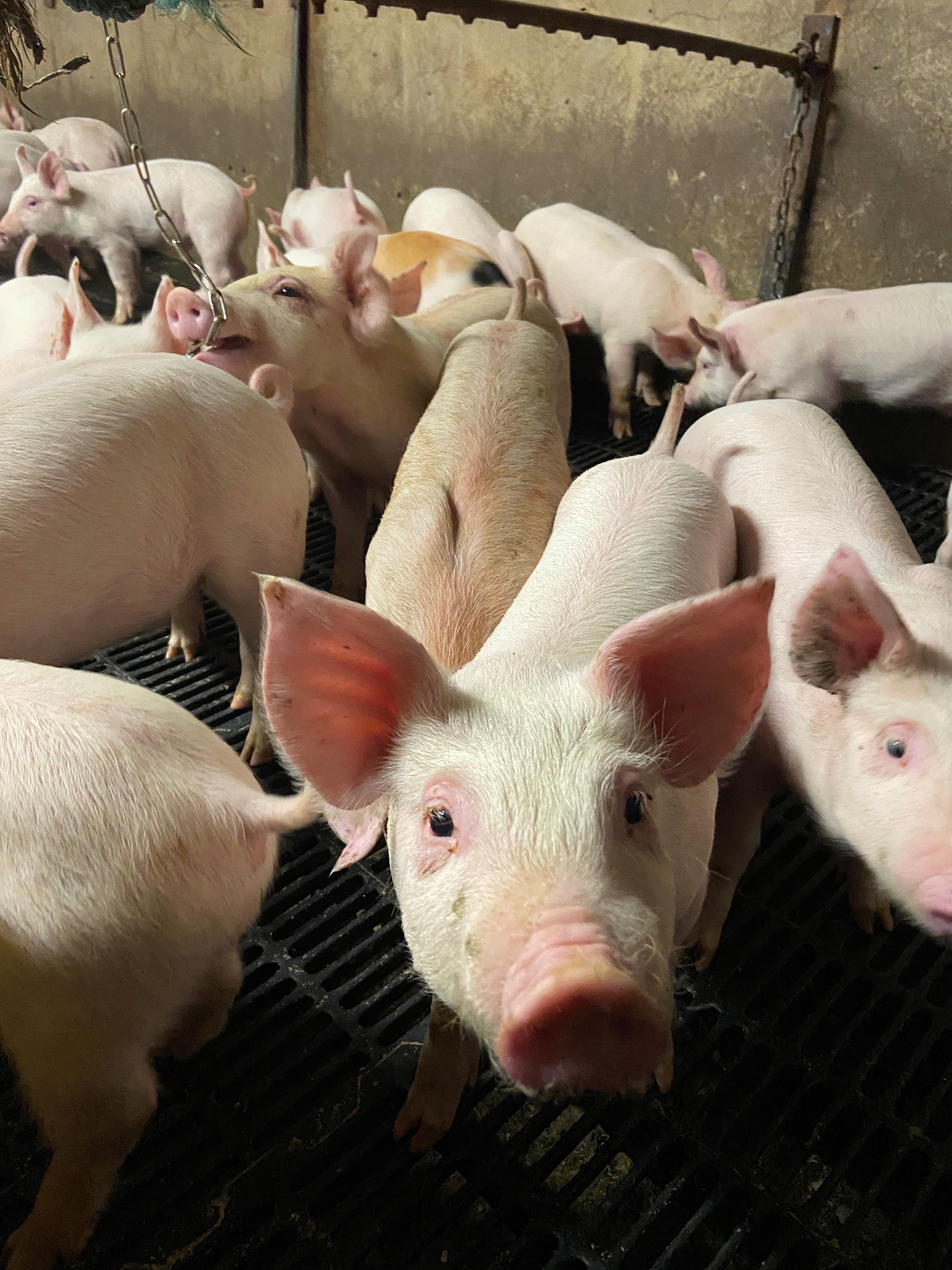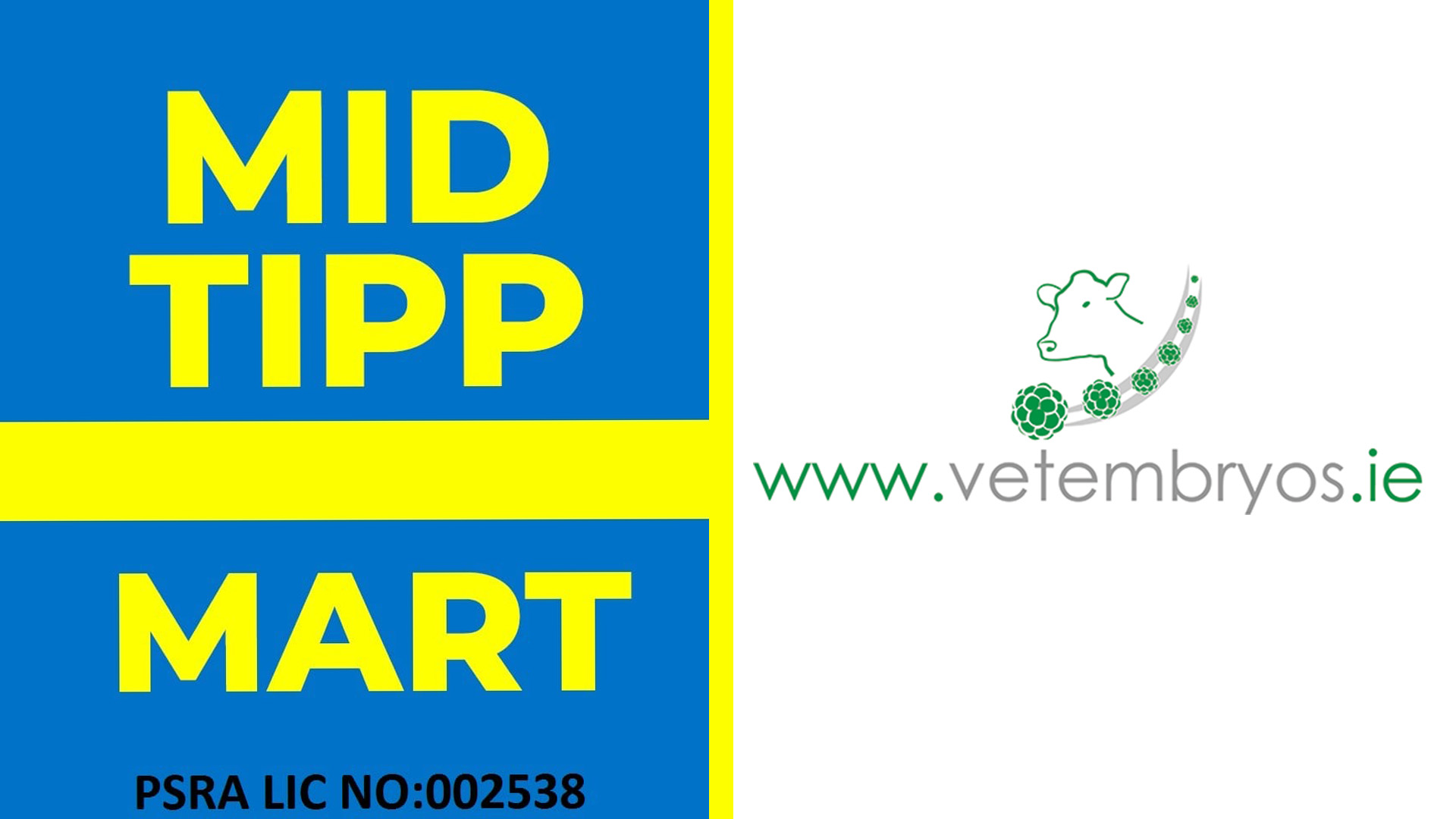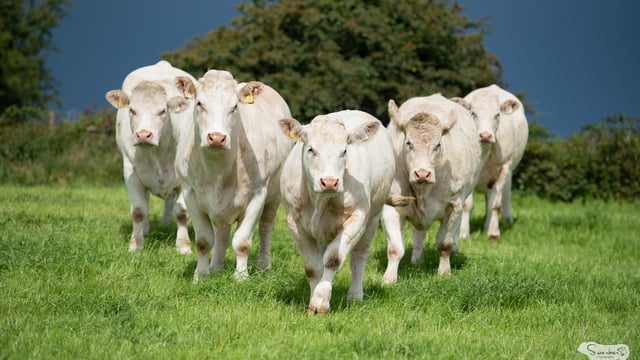Sponsored Article

Sponsored Article
How Irish pig farmers can balance profitability and sustainability
Sponsored Article

While Irish pig farming is already very efficient, regulations have resulted in new ways of working on Irish pig farms.
One Health initiatives such as antimicrobial reduction and the banning of high levels of zinc oxide in feed have resulted in additional challenges to farmers.
Here we look at how vaccines and good gut health can help pig farmers continue to improve production efficiency and raise healthy, sustainable and profitable pigs that can reach their genetic potential with fewer inputs and interventions.
Prevention of disease through vaccination remains an important part of ensuring a healthy, productive pig herd.
Vaccination against common piglet pathogens, such as PRRS, PCV, M. hyo and Lawsonia intracellularis have been shown to reduce the need for veterinary intervention and the use of antibiotics.
Studies have demonstrated that PRRS caused a reduction of 15% in annual output, through reduced fertility, reduced growth rates and increased mortality.
The bulk of emissions from the pig industry come from feed production and manure storage. Studies have shown that reducing feed inputs has the greatest potential for cutting greenhouse gas (GHG) emissions associated with pig farming.
With 40% to 60% of pork's carbon footprint coming from feed, it’s possible to improve sustainability as well as productivity by maximising efficiency.
Improved average daily weight gain can result in fewer days to slaughter and significantly reduces the amount of feed required in the finishing stage.
Monitoring feed consumption and benchmarking Feed Conversion Ratio (FCR) is a good way to monitor productivity and costs.
Teagasc estimates that the top 10% of farms achieve a weaning-to-sale FCR of 2.25 compared with an average of 2.45 and this equates to 33.4kg less feed required.
Good gut health plays an essential part in the absorption of nutrients and resulting feed efficiency.
Infection with Lawsonia Intracellularis, the bacterial cause of ileitis, has been shown to significantly reduce feed efficiency and growth rates in pigs.
It does this by initiating permanent thickening of the ileum, which is an essential area for protein absorption, particularly Lysine.
Vaccination against Lawsonia has been shown in a German study, involving nine large pig farms, to improve FCR and reduce the use of antibiotics, resulting in a reduction in the overall carbon footprint across the farms of 2.5%.
Aidan Byrne from MSD Animal Health said: "Stress at weaning can result in changes to gut structure and function of the intestinal barrier, causing growth and post-weaning diarrhoea.
"With zinc oxide no longer being allowed for the treatment of post-weaning diarrhoea in pigs because of environmental and public health concerns, many farms are looking at alternative management strategies.
"Adopting a proactive approach to weaning and gut health on the advice of your vet and nutritionist is a good way to start."
- Sufficient colostrum at birth;
- Nutritional changes to improve gut health;
- Increasing piglet age at weaning to 30 days if possible;
- Ensuring adequate feed intake before and after weaning;
- Adequate intake of clean water before and after weaning;
- Use of probiotics, prebiotics and acids;
- Improved hygiene and animal management practices;
- Effective vaccination to reduce disease.
Farmers should always discuss the need for vaccination with their vet who can also advise on infection control and on-farm biosecurity.
Sponsored Article








